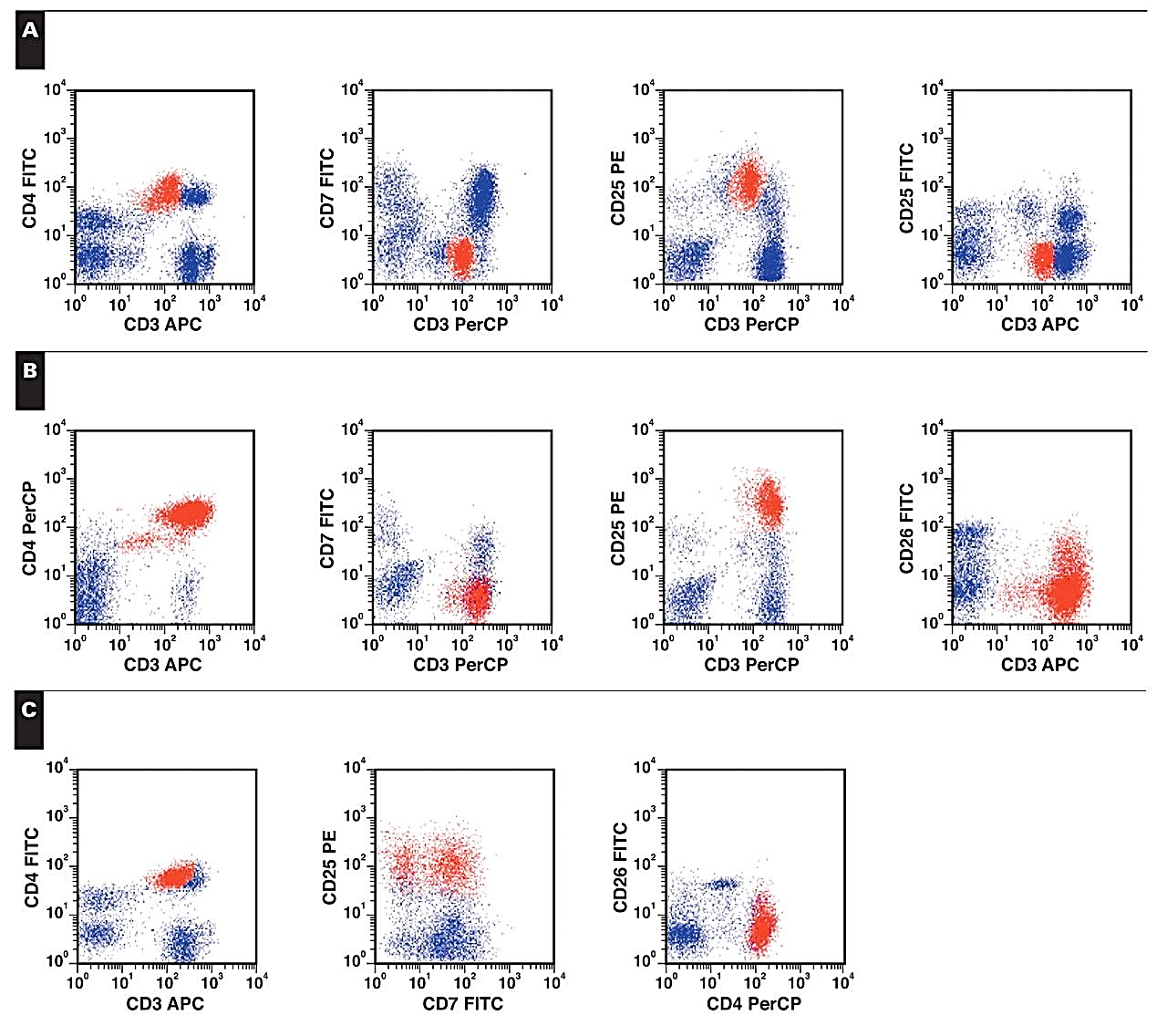- About Us
- One Stop Service
- Platform
In-Vitro
Molecular Assays
Cell-Based Functional Assays
In-Vivo
Pharmacology
Cancer PharmacologyInflammation Pharmacology - Join Us
- Contact Us
- Drug Discovery
- Molecular Assays
- Cell-Based Functional Assays
- Immune Functional Assays
- Tumor Pharmacology Platform
- Inflammation Pharmacology Platform
- In-Vitro ADME/DMPK
- In-Vitro Toxicology
- Pharmacology
- Cancer Pharmacology
- Inflammation Pharmacology
- In-Vivo ADME/DMPK
- In-Vivo Toxicology
- In-Vivo Pathology
- Clinical Laboratory
Measurable Residual Disease (MRD) Testing
MRD testing is used to evaluate the efficacy of the cancer treatment and to direct future treatment strategies. Because the data can be used to customize a patient's treatment plan, it is a form of customized medicine.
These techniques search for any leftover cancer cells that are undetectable by standard tests. Even one cancer cell among a million normal cells can be found using this technique. MRD testing is helpful in drug development clinical trials as well. Without having to wait months to see if the cancer returns, MRD can demonstrate how effectively the medication is treating the condition.
Method
MRD testing employ highly sensitive techniques, such as polymerase chain reaction and multiparametric flow cytometry.
Examplese
Representative flow cytometric analysis of adult T-cell leukemia/lymphoma cells in peripheral blood samples. The lymphoid cells were gated by forward light scatter vs side light scatter. The leukemic cells are indicated in red.

(A) The leukemic cells show typical immunophenotype: CD3 dim/CD7–/CD4+/CD25+/CD26–. (B) The leukemic cells displayed a nearly normal level of expression of CD3 with a small subset dim for CD3 and were CD4+ and CD7–/CD26–. (C) The leukemic cells were partially positive for CD7, slightly dim for CD3, and CD4+/CD26–. APC, allophycocyanin; FITC, fluorescein isothiocyanate; PE, phycoerythrin; PerCP, peridinin chlorophyll protein.
References
Haipeng Shao, MD, PhD, Constance M. Yuan, MD, PhD, Liqiang Xi, MD, Mark Raffeld, MD, John C. Morris, MD, John E. Janik, MD, Maryalice Stetler-Stevenson, MD, PhD, Minimal Residual Disease Detection by Flow Cytometry in Adult T-Cell Leukemia/Lymphoma, American Journal of Clinical Pathology, Volume 133, Issue 4, April 2010, Pages 592–601, https://doi.org/10.1309/AJCPS1K0OHLJYWWV

Shanghai Novopathway Biotechnology
Building No.5, East Huaxia Road No.333, Pudong New Area, Shanghai
BD Cooperation Email: BD@novopathway.com Tel: 021-5838 0618-501
Join Us Email: HR@novopathway.com Tel: 021-5838 0356

Beijing Sun-Novo Pharmaceutical Research
Building No.7, West Shuangying Road No.79 , Changping Area, Beijing
Website: http://www.sun-novo.com




